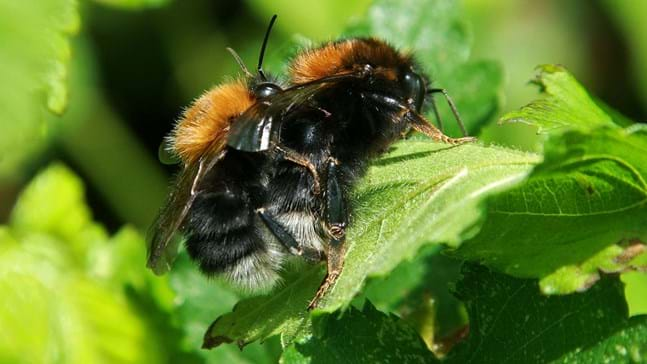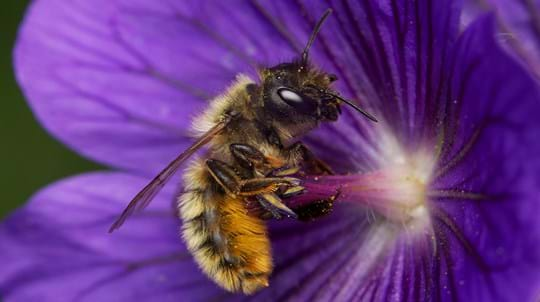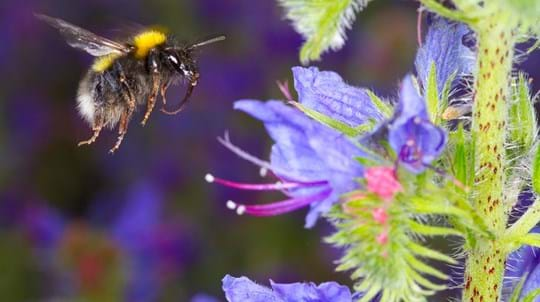
Credit: Naturepix / Alamy Stock Photo
How do tree bumblebees breed?
Queens are early risers and can be spotted from March on the lookout for places to nest. As the bee's name suggests, holes in trees are traditional nesting sites, but house eaves , loft insulation, compost heaps and bird boxes provide perfect alternatives.
Six weeks after the queen has established her nest, workers emerge and begin foraging for the rest of the colony. The colony grows and can remain active for five months, during which time males and young, unmated queens leave the nest.
Once mated, the new queens feed to fatten themselves up for hibernation. While the colony they were born into dies, these queens wait out the winter, emerging the following spring to set up colonies of their own.







